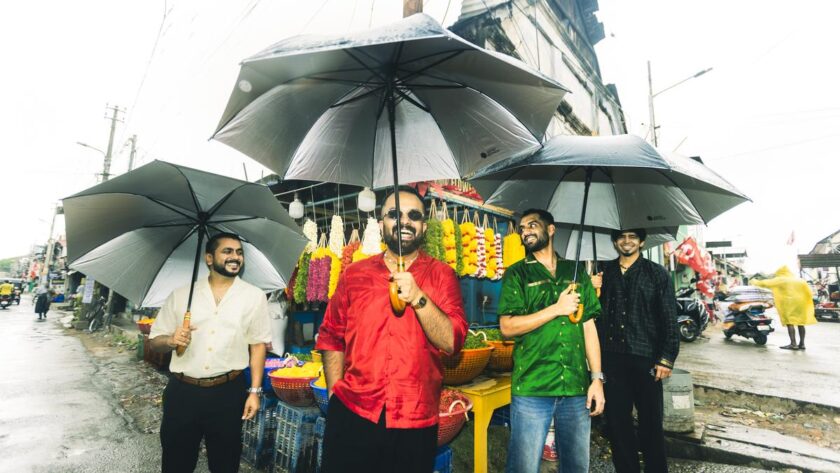Mumbai: As we celebrate the centenary of Raj Kapoor, one of Indian cinema’s most celebrated filmmakers, it is impossible to overlook the timeless legacy of a man whose contributions shaped Bollywood and left an indelible mark on global cinema. From his poignant storytelling to his magnetic screen presence, Raj Kapoor’s work resonates even today, cementing his position as the “Showman of Indian Cinema.”
A Visionary Filmmaker and Actor
Born on December 14, 1924, in Peshawar (now in Pakistan), Raj Kapoor belonged to the illustrious Kapoor family. His father, Prithviraj Kapoor, was a pioneer of Indian theater and cinema, laying the foundation for Raj’s cinematic journey. At the young age of 24, Raj Kapoor became Bollywood’s youngest filmmaker with his directorial debut, Aag (1948). Though the film didn’t succeed, it marked the beginning of his evolution as a storyteller.
With Barsaat (1949), he captured the imagination of the masses. The film introduced the iconic RK Studios logo: Raj Kapoor holding a violin, an image synonymous with romance and passion.

The “Tramp” Persona and Global Appeal
Inspired by Charlie Chaplin, Kapoor created his memorable “tramp” persona in films like Awara (1951) and Shree 420 (1955). These films explored themes of poverty, resilience, and idealism, reflecting post-independence India’s struggles and aspirations. The tramp’s universal relatability earned Kapoor global acclaim, particularly in Russia and the Middle East.
Awara‘s title track, “Awara Hoon,” transcended linguistic barriers and became an anthem of the underdog, resonating with audiences worldwide.
Social Realism Meets Romantic Idealism
Kapoor’s films often blended social realism with romantic idealism, making them emotionally engaging and thought-provoking. Jagte Raho (1956), a stark departure from his usual style, highlighted the hypocrisies of urban society. Meanwhile, Sangam (1964) introduced the idea of grand romance and exotic locations, setting the template for Bollywood’s future blockbusters.
His storytelling was deeply rooted in Indian culture, yet it carried a universal appeal. Films like Mera Naam Joker (1970) were ahead of their time, depicting the bittersweet circus of life, though it found appreciation only years later.

Musical Brilliance
Music played a central role in Raj Kapoor’s films. Collaborating with Shankar-Jaikishan and lyricists like Shailendra and Hasrat Jaipuri, Kapoor delivered evergreen melodies. Songs like “Pyar Hua Ikrar Hua” (Shree 420) and “Jeena Yahan Marna Yahan” (Mera Naam Joker) continue to evoke nostalgia.
His leading ladies, including Nargis, Vyjayanthimala, and Padmini, became icons, immortalized in Kapoor’s lyrical storytelling and larger-than-life canvases.
The Studio Legacy
Founded in 1948, RK Studios was the nerve center of Kapoor’s cinematic empire. It produced classics like Jis Desh Mein Ganga Behti Hai (1960) and Bobby (1973), the latter marking a shift towards youthful narratives. Though the studio closed in 2018, its legacy as a symbol of Bollywood’s golden era remains intact.
A Timeless Legacy
Raj Kapoor’s influence on cinema remains unparalleled. Filmmakers like Rishi Kapoor, Rajkumar Hirani, and Karan Johar often cite him as an inspiration. His films are taught in film schools for their artistic depth and emotional storytelling.
As we mark Raj Kapoor’s centenary, it is clear that his work transcends time. His ability to combine art with commerce, social messages with entertainment, and Indian ethos with universal appeal ensures that his legacy will endure for generations.
Raj Kapoor was not just a filmmaker; he was a dream weaver, whose stories continue to inspire millions around the world.





